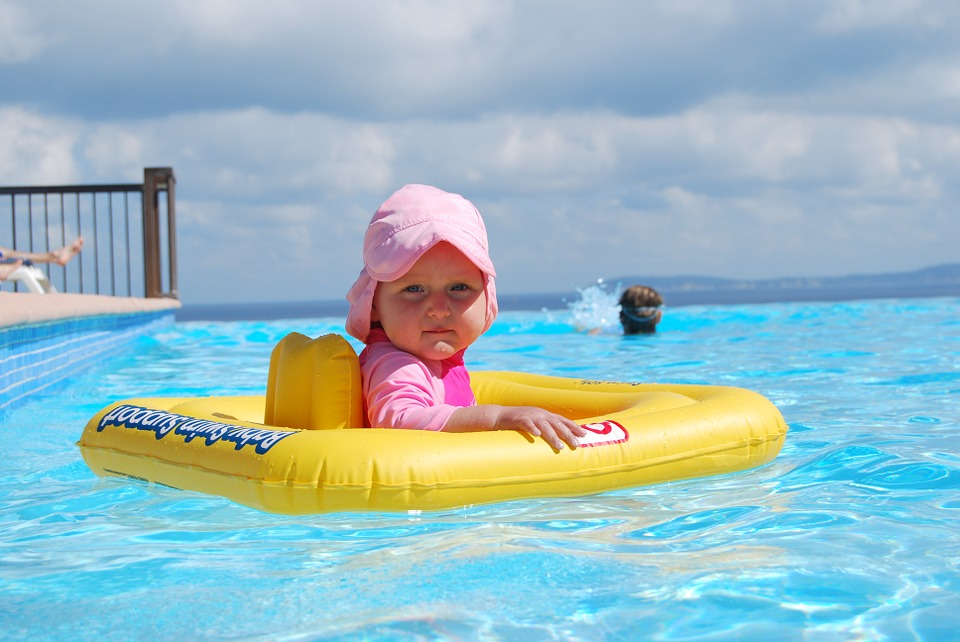
Have Safe Fun in the Hot Sun!
By Katie Barker and Will Florence, Health educators
Looking to have some fun this summer – safely? We have a few tips for staying safe out in the heat this summer.
At the beach: Being at the beach or pool is a great way to get your family active and stay cool during the summer. Plus, swimming is a great way to encourage your kids’ imagination. Challenge kids to swim like a mermaid or an octopus. It’s also important to keep these tips in mind while enjoying the cool water.
- Teach children not to swim alone, even if they are strong swimmers.
- Keep younger children within an arm’s reach of an adult, and always make sure an adult is supervising older children.
- Wear “coast-guard-certified” life vests when needed, such as during boating (floaties, water wings, etc. are not a sufficient substitute).
- Skip breath-holding games because these can lead to hyperventilation.
- Avoid pool drains that can potentially trap bathing suits or hair with their suction.
- Avoid swallowing water while swimming as it may contain germs.
- Check the depth of the water before diving. Look for signs at the pool that say “no diving,” which will indicate the water is not deep enough.
- Walk carefully around the edge of the pool to avoid slips and falls.
- Bring a healthy snack and drink water, as swimming takes a lot of energy.
On a hike or playing outside: Hiking is another great family activity. Let your kids “lead” the adventure as you walk along the path. Keep these safety tips in mind:
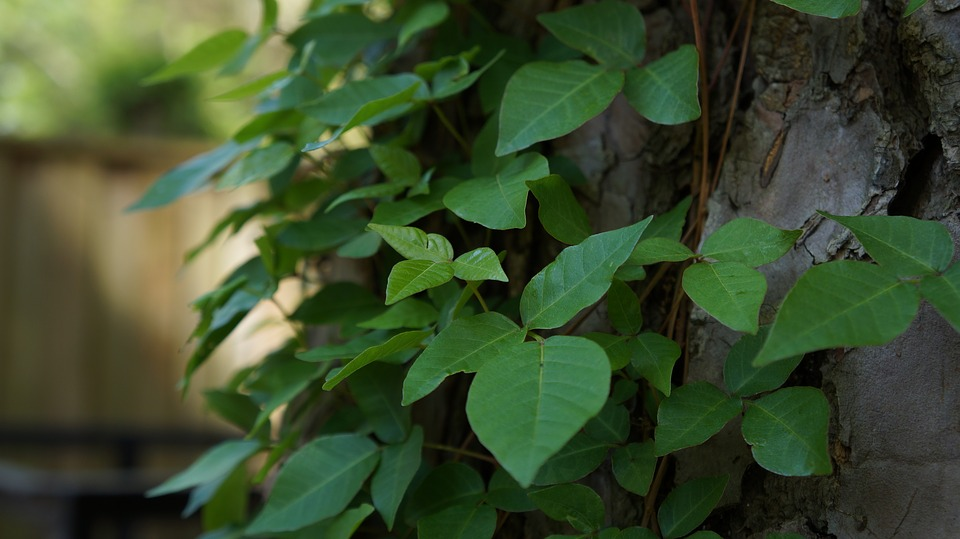
- Avoid poison ivy, oak and sumac, and wild parsnips.
- “Leaves of three, let them be.” Poison ivy leaves always appear in bunches of 3’s.
- “Longer middle stem, don’t touch them.” The middle leaf typically has a longer stem.
- “Hairy vine, no friend of mine.” During the leafless season, poison ivy can be found on tree trunks, rocks, and other structures with a hairy vine.
- Remember, these leaves are quite glossy and edges are smoothed or toothed.
- Leaf colors can vary from red in the spring and summer, to yellows and oranges in the fall.
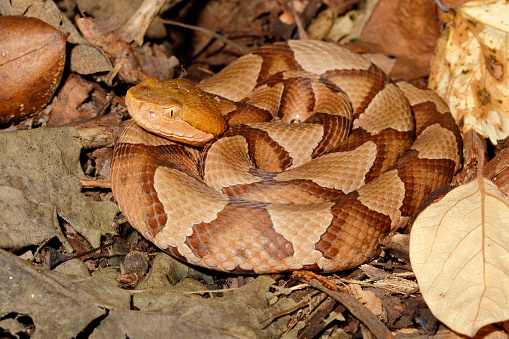 Look out for snakes.
Look out for snakes.
- “Red on yellow, dangerous fellow; red on black, friend of Jack.” This is a good way to remember which snakes are poisonous. However, stay aware of other snakes which are poisonous that have neither red nor yellow markings, such as copperheads.
- It is best to avoid snakes altogether and teach children to alert an adult if a snake is spotted.
- Avoid reaching under areas where one cannot see, such as underneath rocks or woodpiles. Snakes and spiders like to hide under these types of places.
- Beware of ticks
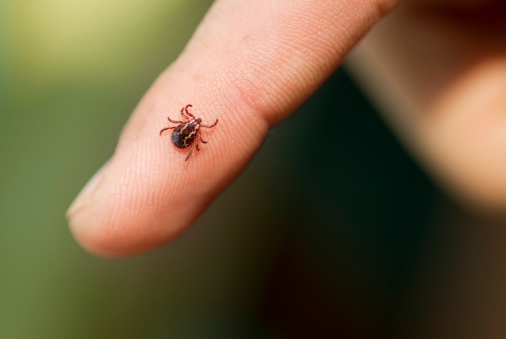
- Ticks can hide in children’s hair and can move to areas under clothing.
- Be sure to have an adult check for ticks after playing in wooded areas. If a tick is identified, use tweezers to remove it and wash the area with soap and water.
- Be friendly with bees.
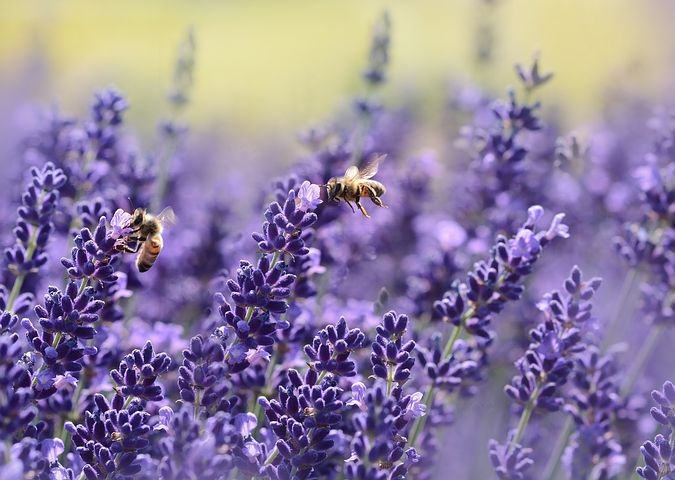
- Children should not try to swat or shoo away bees, wasps, hornets, or yellow jackets.
- Move away from bees or hornets if spotted.
- If stung, scrape stinger away with fingernail or credit card. DO NOT use tweezers as the stinger can burst under the skin and cause more damage.
- Wash with soap and cool water.
- Apply an ice pack or cold cloth and cover with lotion.
- Seek medical attention if there are changes in breathing, vomiting, or fever that occurs.
- Watch your step for fire ants.
In the sun: Enjoy the sunshine and soak up some Vitamin D this summer. Keep these tips in mind to take care of your skin. It’s our largest organ.
- Limit sun exposure between 10 A.M. and 4 P.M. when sun UV rays are strongest.
- Regularly apply sunscreen, and re-apply throughout the day.
- Choose a sunscreen with an SPF of 15 or higher, and for best results, use broad-spectrum sunscreen which cancels out both UVB and UVA rays.
- It is important to remember that sun rays can still be absorbed on both cloudy and sunny days. So wear sunscreen even on overcast days.

- Apply to any areas that are exposed, such as the face (eyes, ears, nose), arms, feet, and legs.
- Sunscreen should be applied at least 30 minutes before exposure to the sun so it has time to absorb and be reapplied every hour or more frequently if in water.
- Choose sunglasses that are 99% UV radiation resistant and shatter-resistant.
- Try wearing a hat with a brim to shield your face from excessive UV rays.
Resources:
How to Recognize and Avoid Poison Ivy: Three Sayings to Remember
Caring For Our Children: Health Promotion and Protection, Sun Safety
Featured Poe Program: Summertime Safety
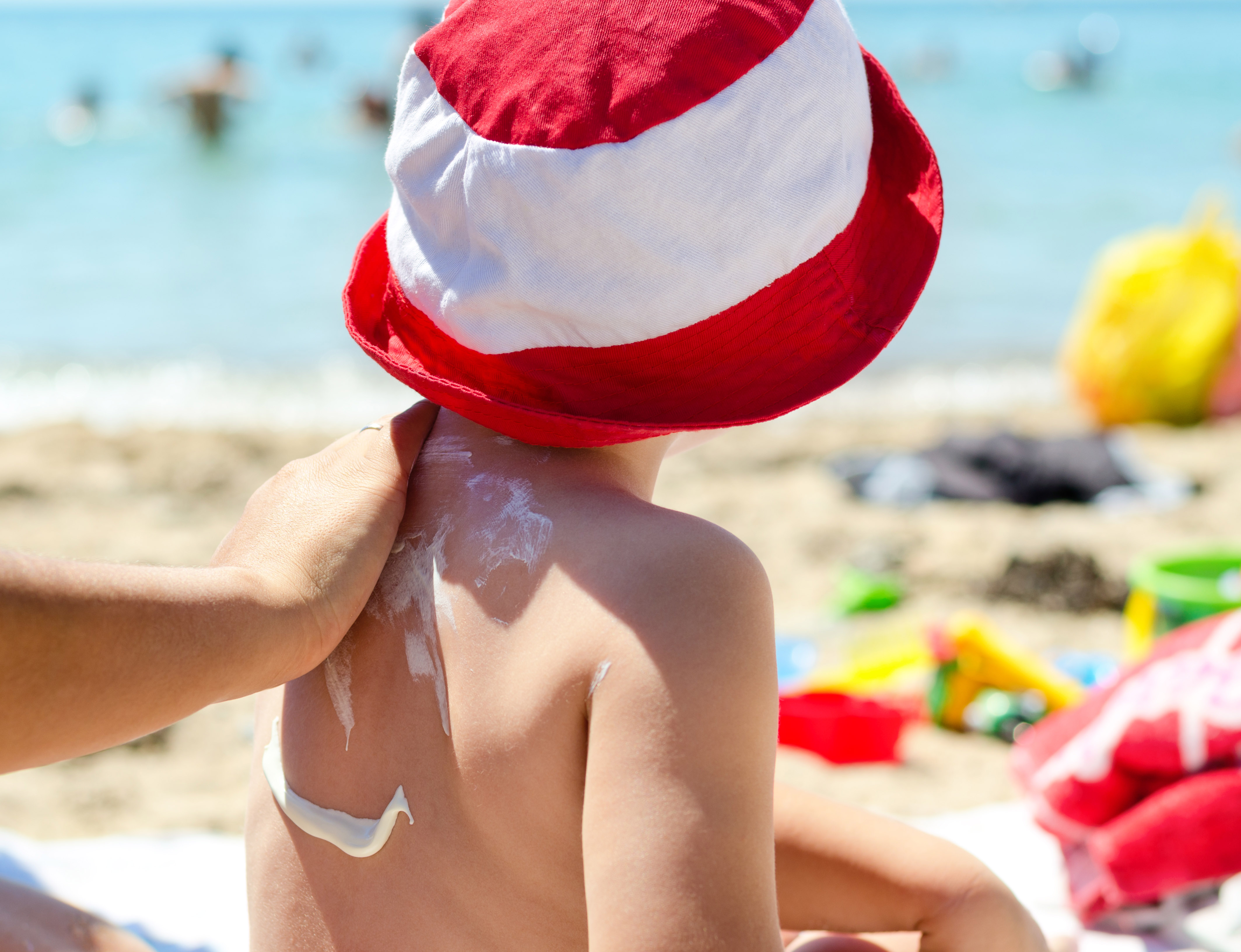
Participants: Kindergarten – 5th
Program Length: 45 minutes
Safe outdoor fun is the focus of this program. Children learn about protection from the sun, signs of overheating and dehydration, safe warm weather exercise and nutrition, poisonous plants, bug bites, and more. Be active, stay safe, and have safe fun in the hot sun.
Programs can be presented online and are great for youth and family groups to participate from home. Call (919) 231-4006 for details.
Featured Activity: Summertime Safety Videos
Poison Ivy Safety:
Water Safety:
Bug Safety:
